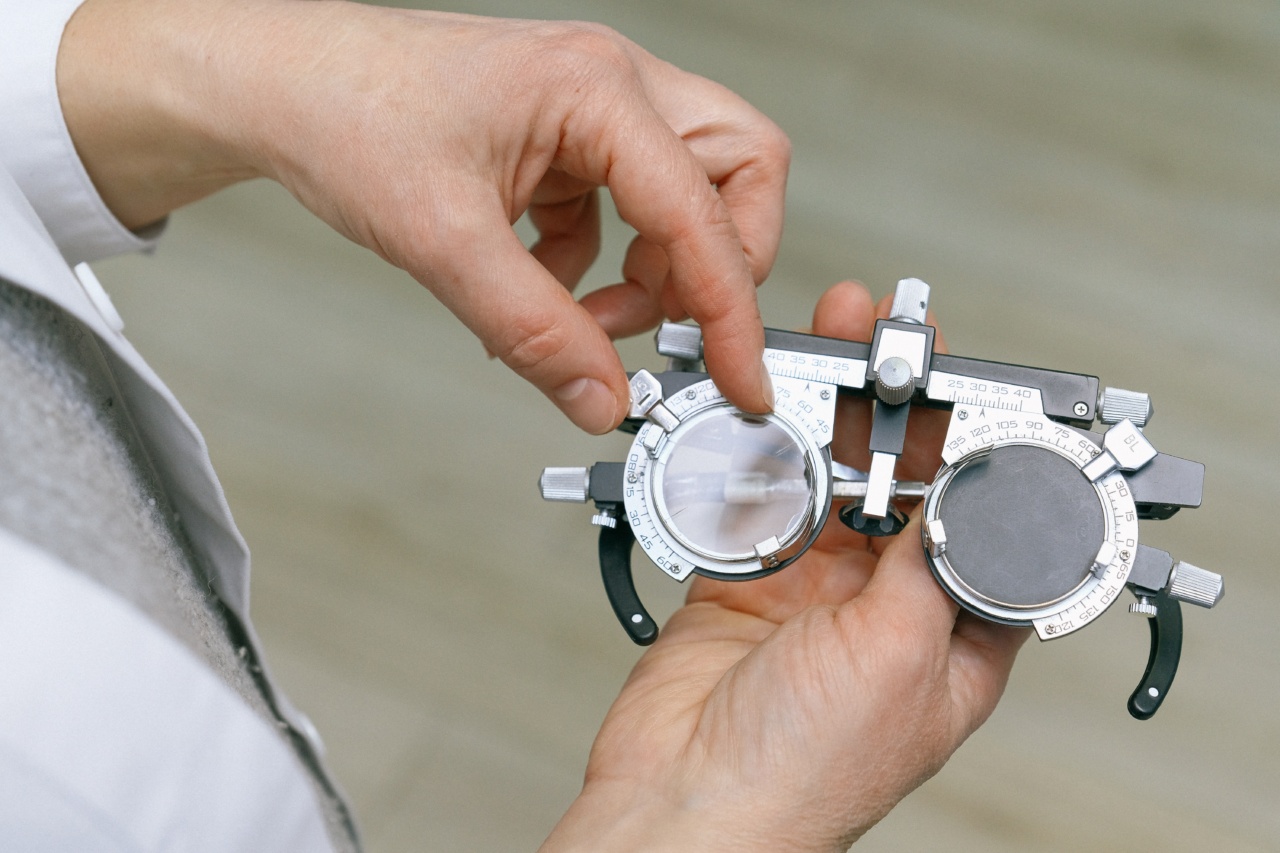Alzheimer’s Disease is one of the most common neurodegenerative disorders that affect older people. Researchers have long been searching for biomarkers that could predict the onset of Alzheimer’s disease. One potential biomarker is the retina.
A new study has found that an eye test can help detect one of the earliest signs of Alzheimer’s disease, which may allow for early intervention and treatment.
What is Alzheimer’s Disease?
Alzheimer’s disease is a progressive brain disorder that destroys memory and thinking skills. It is the most common cause of dementia and affects millions of people worldwide.
In the early stages of Alzheimer’s disease, symptoms may be mild, but as the disease progresses, individuals experience difficulty with memory, language, and thinking, and eventually, they are unable to perform daily tasks, leading to total dependency on caregivers.
The Role of the Retina
The retina is at the back of the eye and is responsible for capturing light and sending signals to the brain to create images. The retina is a part of the central nervous system and shares similarities with the brain.
It is also the only part of the central nervous system that can be directly viewed and imaged in a non-invasive way.
Scientists have known for a long time that the retina is affected by Alzheimer’s disease, and they have been studying whether changes in the retina might be used as a biomarker for the disease.
Recent advances in imaging technology have allowed researchers to look more closely at the retina and identify specific changes that occur in Alzheimer’s disease.
The Study
A recent study published in the journal Ophthalmology has found that a simple eye test can help detect early signs of AD by looking at a person’s blood vessels in their retina.
The study involved 39 participants, half of whom had Alzheimer’s disease. The researchers used a technique called optical coherence tomography angiography (OCTA) to visualize the blood vessels in the retina.
They found that the Alzheimer’s group had fewer blood vessels, and the blood vessels were less organized compared to the control group.
The researchers also measured the participants’ beta-amyloid levels, which is a protein that accumulates in the brains of patients with Alzheimer’s disease.
They found that the participants with Alzheimer’s disease had higher levels of beta-amyloid, suggesting that the decreased blood vessel density and organization could be due to the accumulation of beta-amyloid in the retina.
What Does This Mean for Alzheimer’s Disease Diagnosis and Treatment?
The potential of OCTA to detect early stages of Alzheimer’s disease is exciting because it offers the possibility of early detection and intervention.
While this study is still in its early stages, it paves the way for larger studies to develop this eye test further. Early diagnosis and treatment are crucial to slowing the progression of Alzheimer’s disease, so this eye test may be a promising biomarker to complement other established biomarkers, such as brain imaging and cerebrospinal fluid testing.
Moreover, OCTA has the potential to be a less invasive and more cost-effective method for detecting Alzheimer’s disease. It is a non-invasive method and only takes a few minutes to perform.
Patients with early symptoms of Alzheimer’s disease can receive prompt treatment and care resulting in a better quality of life.
Conclusion
The retina could be a promising biomarker for Alzheimer’s disease.
While more research is needed to validate this eye test, it has the potential to detect early signs of Alzheimer’s disease, which could lead to earlier diagnosis and intervention to slow cognitive decline. For individuals in early stages of Alzheimer’s disease, early interventions could help improve memory and thinking skills.
The simplicity, low cost, and non-invasive nature of reliable diagnostic biomarkers such as the retina will help provide efficient care to patients.





























